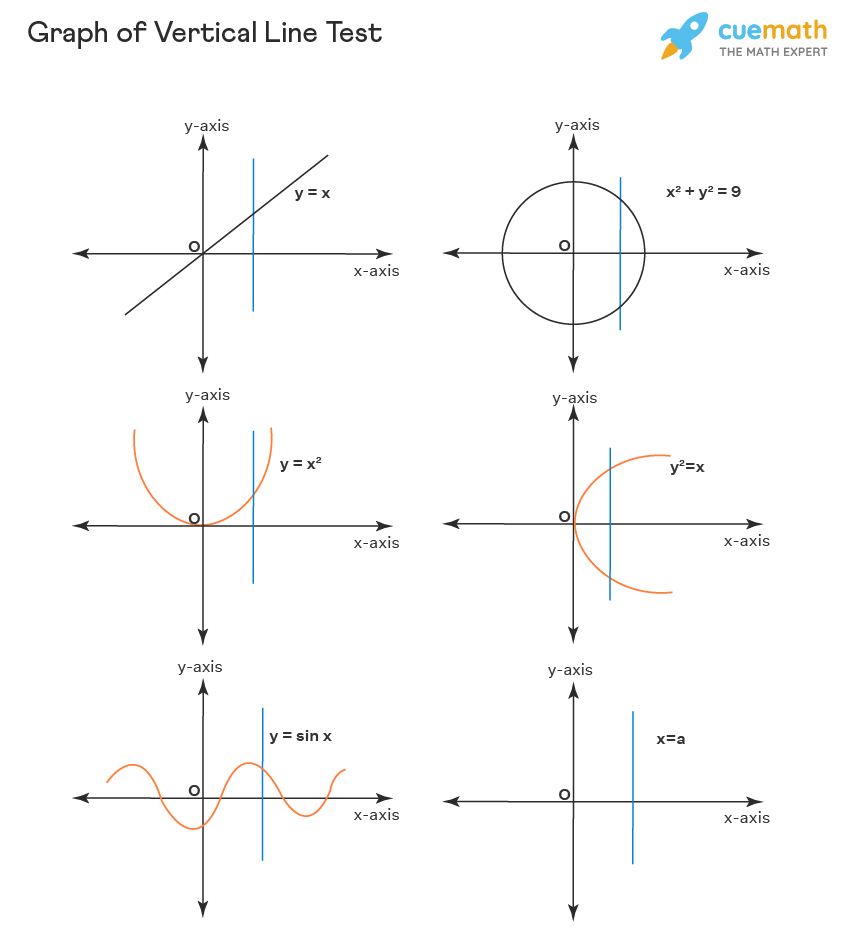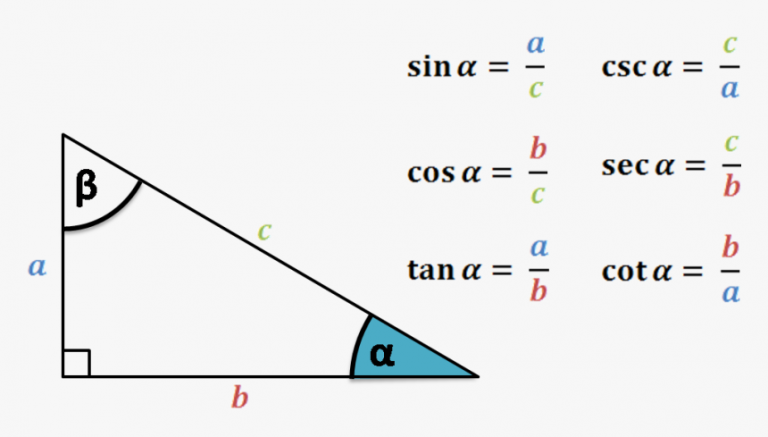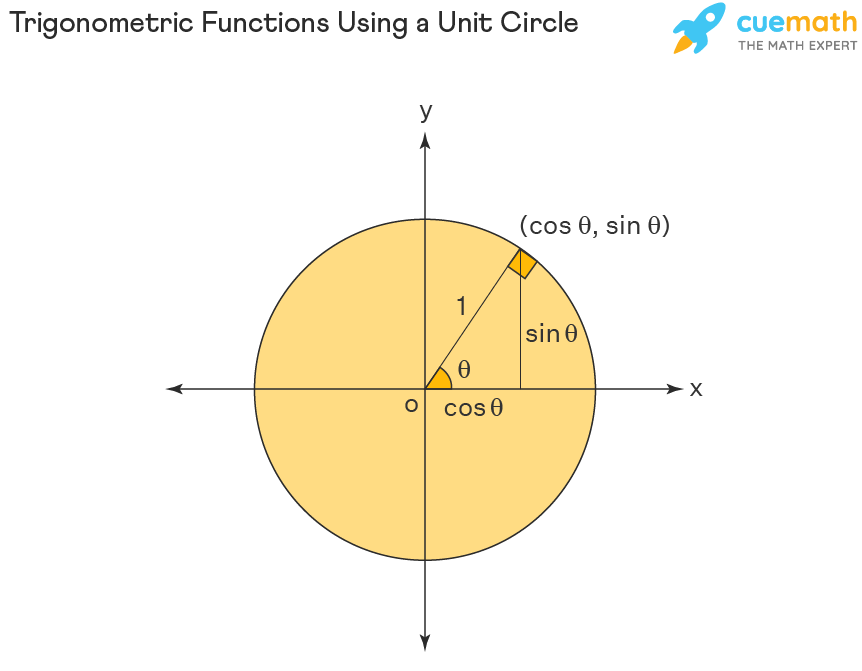

Advanced Algebra & Functions Information
Students wishing to advance their math placement beyond College Algebra (MAT 105) or Introductory Statistics (MAT 210) may be interested in taking the Accuplacer Next Generation Advanced Algebra and Functions portion of the placement test.
This advanced test includes questions on linear equations, linear applications, factoring, quadratics, functions, radical and rational equations, polynomial equations, exponential and logarithmic equations, geometric concepts, and trigonometry. These concepts are not covered in the standard Quantitative Reasoning, Algebra, and Statistics test that most students take.
This page contains resources and links relevant to the Advanced Algebra and Functions test.
A function is a relationship between two variables, an input and an output. For example, F(x)=3x+1 is a function. "x" is the input and "F(x)" is the output. "F(x)" is also called "y." For an equation to qualify as a function, it can only have one output for every input. Another way to think about this is to graph the equation. If you can draw a vertical line and only cross the equation's graph once, it's a function! If you can draw a vertical line and a horizontal line, both only crossing the graph once, the equation is called a one-to-one function.

Important concepts in functions include graphs of functions, domain and range, composition of functions, transformation of functions, and inverse functions. Below are some great video links that cover each of these concepts.
Rational equations are equations with rational expressions on one or both sides of the equal sign. They follow the same rules as rational expressions except that you are actually trying to solve for the variable. See the links to learn how to solve various types of rational equations.

Radical equations are equations involving one or more radical signs. Undo in reverse order to solve. See the resources below to ensure you understand how to work with radical signs in equations.

Exponential Equations involve a base number raised to the power of a variable. If the base number is greater than one, exponential growth occurs. But if the constant is in between one and zero, you have exponential decay. See the video link below for a good explanation of exponential equations.
The inverse of exponentials are logarithms. See the links below for an explanation of logarithms.

Now that you understand the basics of exponentials and logarithms, it's time to solve exponential and logarithmic equations. See the video links below to learn how.
Any advanced math course requires basic knowledge of Geometry. You should know how to find the area and perimeter of shapes (rectangles, triangles, circles, etc) and understand the rules for congruent triangles. The video below offers a quick summary of Geometry, and the following links are more thorough explanations of individual topics.
The three most important trig functions: the Cosine of an angle, the Sine of an angle, and the Tangent of an angle (Cos, Sin, and Tan). Cosine takes the side opposite of the angle and divides it by the hypotenuse. Sine takes the side adjacent to the angle and divides it by the hypotenuse. Tangent divides the side opposite to the angle by the side adjacent to the angle. Cosecant, Secant, and Cotangent (Csc, Sec, and Cot) are the reciprocals of these.

These functions are often used in the context of a circle. A point (x, y) at the angle a on a circle with the radius r can be found with the following equations: x=r*cos(a), y=r*sin(a). The image below demonstrates this concept on the unit circle. The radius of the unit circle is equal to 1. Since nothing happens when you multiply by 1, the functions are simply written as cos(a) and sin(a).



Some links in these guides lead to external websites. While we strive to include accessible and reputable sources, we cannot guarantee the accessibility of external content.